There was a time when art was expected to be anti-establishment, when its purpose was to innovate, to prompt new ways of thinking and creating, and, progressively, to change the world. This was the time when Rocío Santa Cruz first started to delve into the art world, scouring the work of friends and strangers and falling in love with unique talents whose ideals she identified with.
Rocío’s career is built on an idealistic spirit; on a pure, innocent craving kindled in her grandfather’s library at his A Coruña home, where he dedicated his free time to restoring books for pleasure. When the time came for Rocío to decide what she wanted to study, she had no idea where to train in order to transform her love of art and books into a career, and so she sent out letters to different bodies, offering her services as an apprentice. “Some time ago, I found one that had been returned to me and it struck me as having been very tenderly written.” However, she only received one reply from Madrid’s Biblioteca Nacional, the National Library where she went to train as an intern, although, as Rocío pointed out, “there was no such thing back then”.
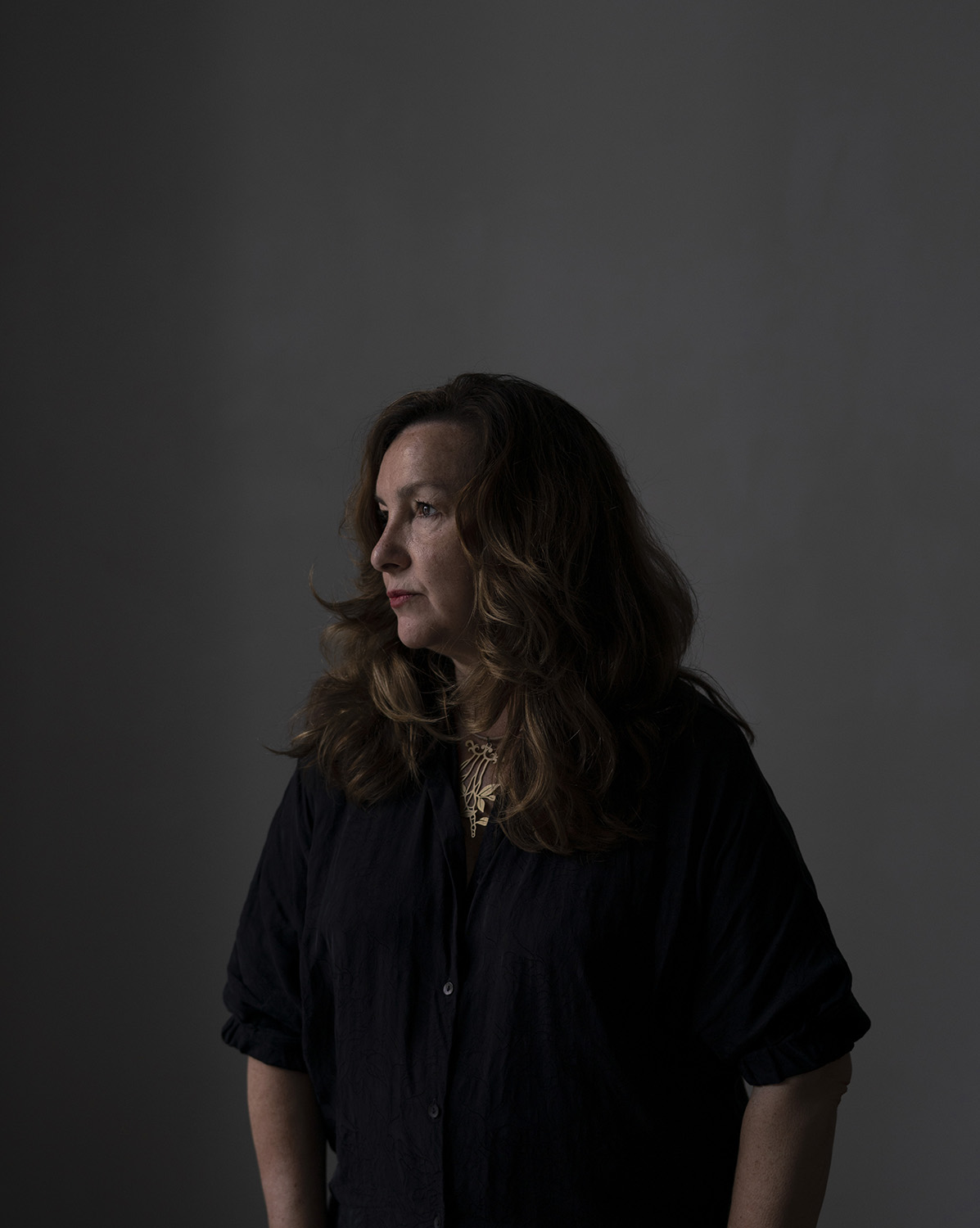
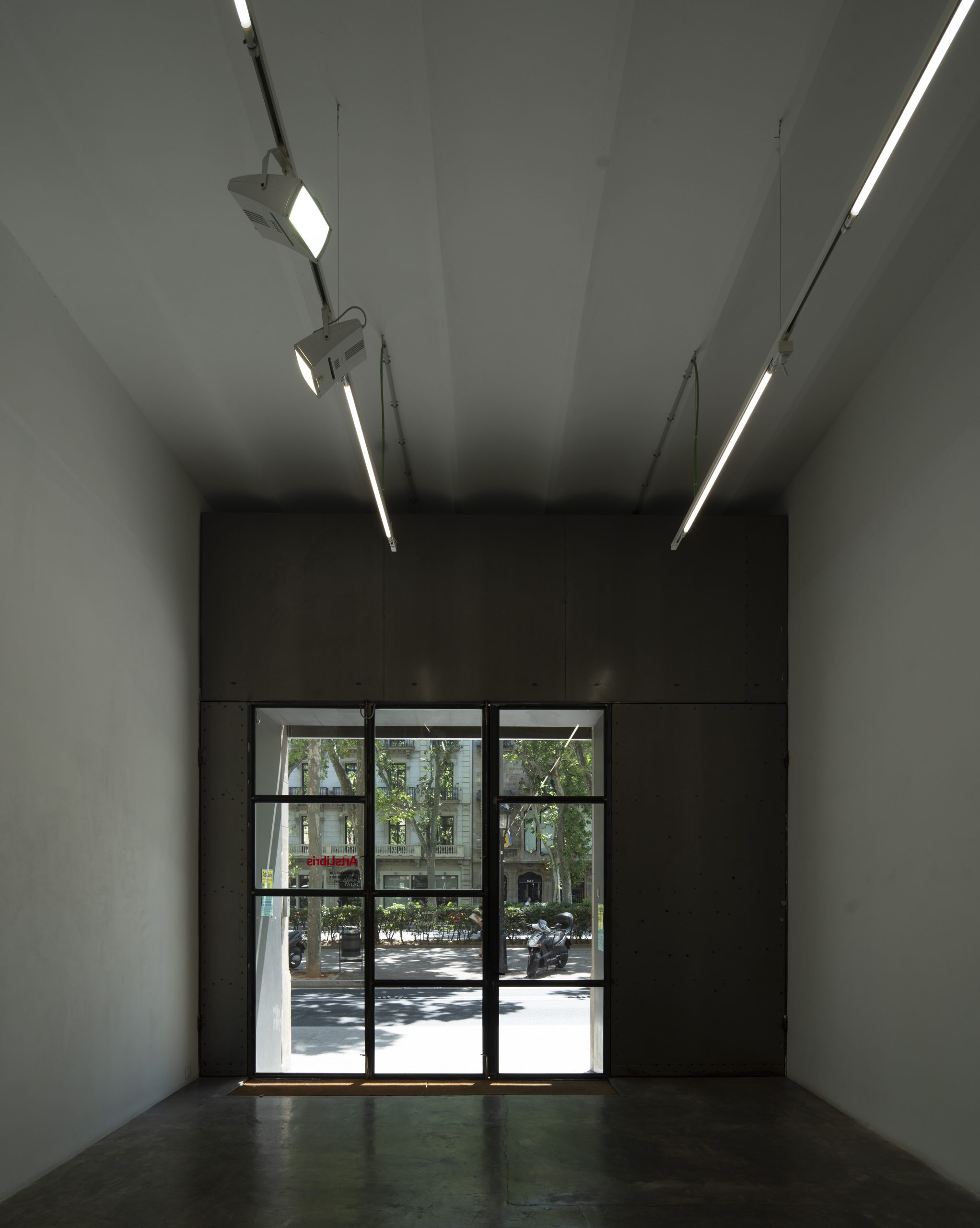
One day when she was at the Biblioteca Nacional, they phoned from France, asking for someone to be sent to Paris to catalog/restore some documents that had been found with references to Spain. Rocío offered to go and she intrepidly set forth with no knowledge of French. She ended up studying at the École Estienne in Paris and gradually she began to promote the work of artist friends. “After I’d spent some time trying to boost the careers of lesser known artists, someone urged me to contact ‘better-known names’ from the art scene. I thought it was a crazy idea at first because they wouldn’t take any notice of me. After a while, though, I had a go and voilà.” An art gallery and publishing business came into being in Paris in 1994 under the name Raíña Lupa. In 2002, Rocio moved her activities to Barcelona, where she also founded ArtsLibris, the international artist’s book and contemporary publishing fair.
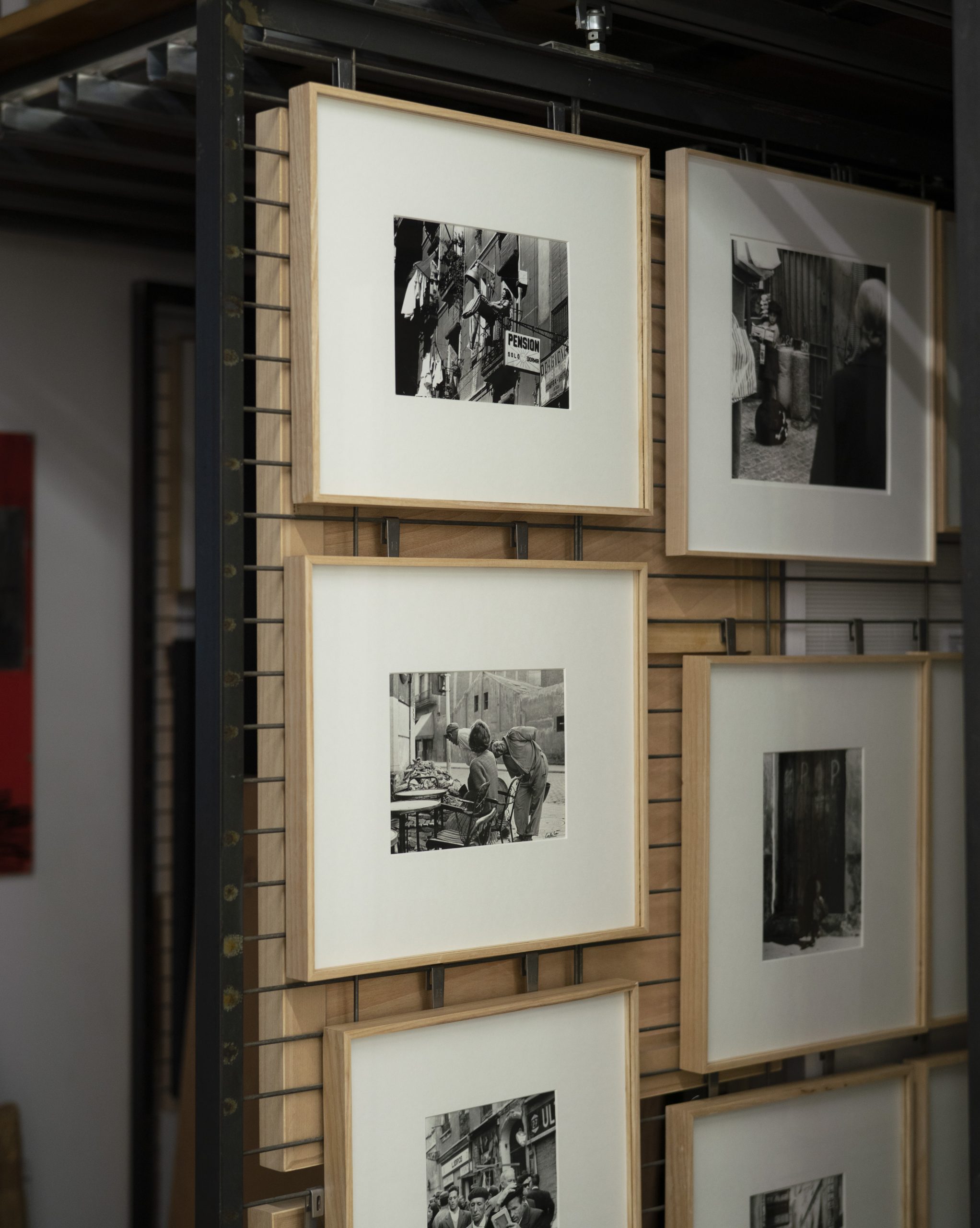
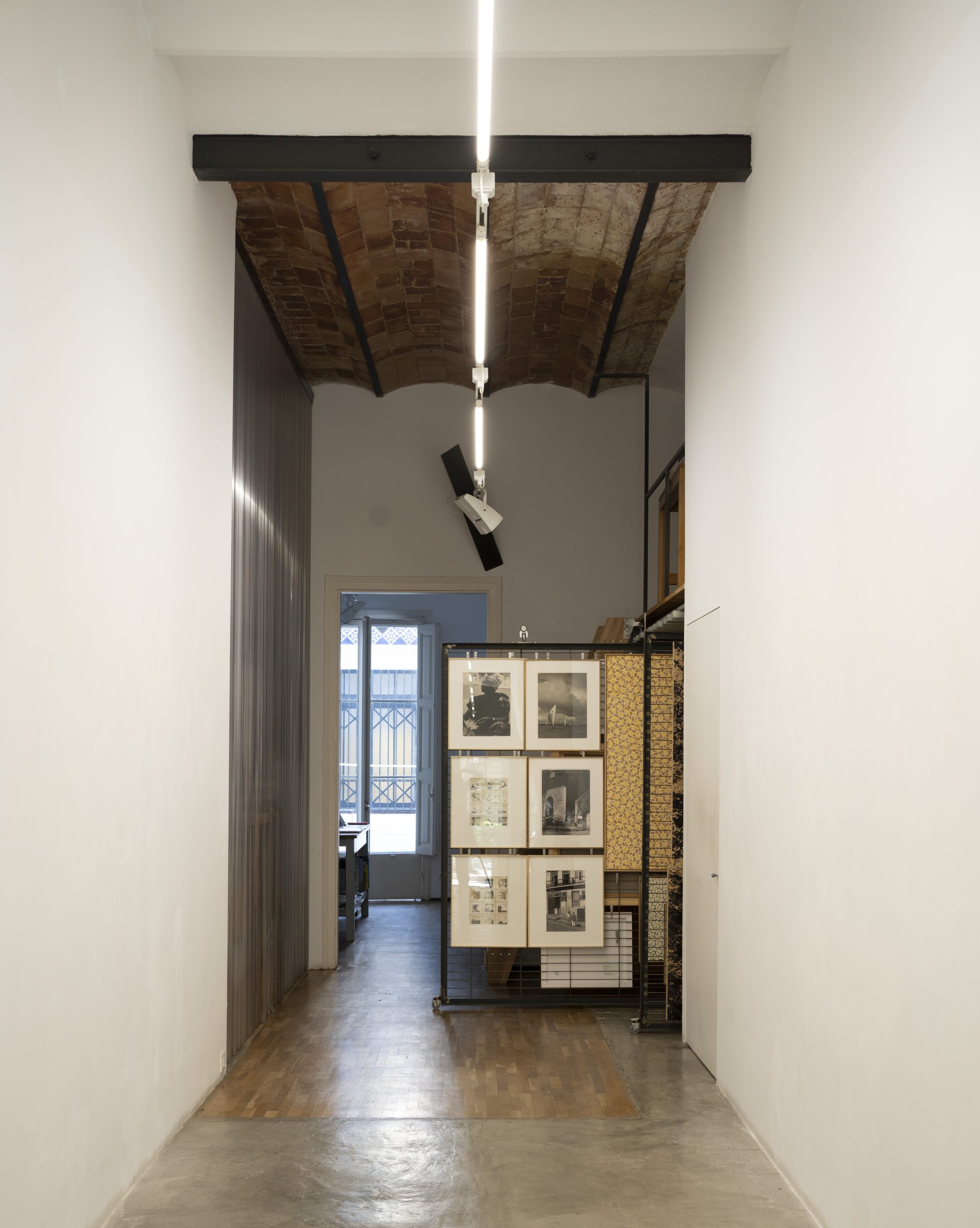

Today’s art world is possibly not so demanding in terms of the message that is conveyed. Although this message is always aimed, in one way or another, at triggering some kind of internal response, the art scene is no longer so clearly committed. Indeed, the message tends to be personally formulated and then collectively shared. Social networks are perhaps a reflection of this practical, productive, profit-oriented concept of artistic practice and, at the same time, the driving force behind it. Rocío has never shared this view of her profession. For her, the ‘business’ consists of trying to bring about change in society. “I’m not in the trade to get rich. I’d do something else”.
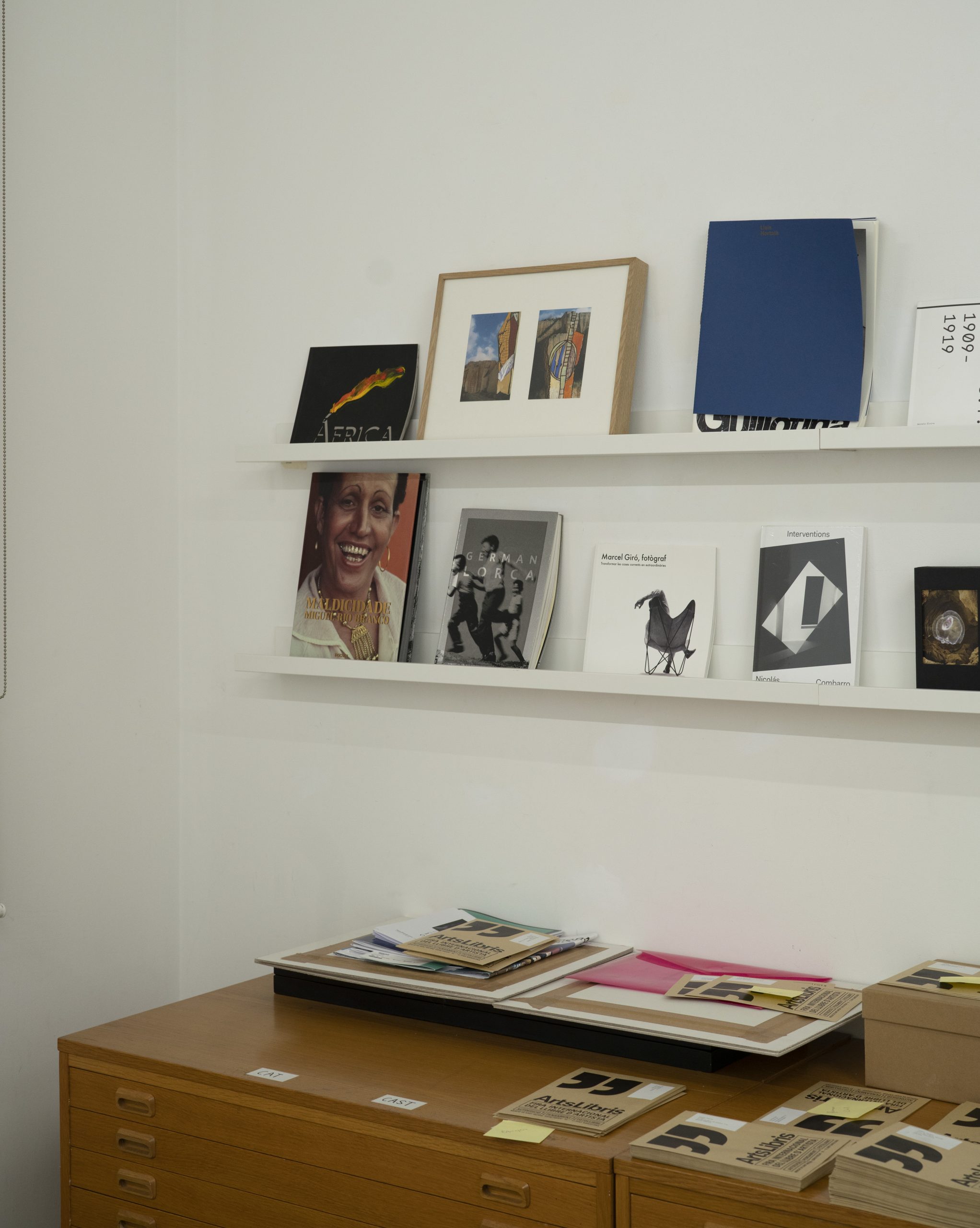

When I visited the gallery, there was an exhibition of photographs of the ‘Valle de los Caídos’ (where the dictator Franco was buried up until 2018), and Rocío told me an anecdote: “The other day, a gentleman came in and he simply didn’t know how to take the exhibition. He didn’t know if we were right wing, left wing or what.” That is just what Rocío seeks to provoke in visitors to the gallery.
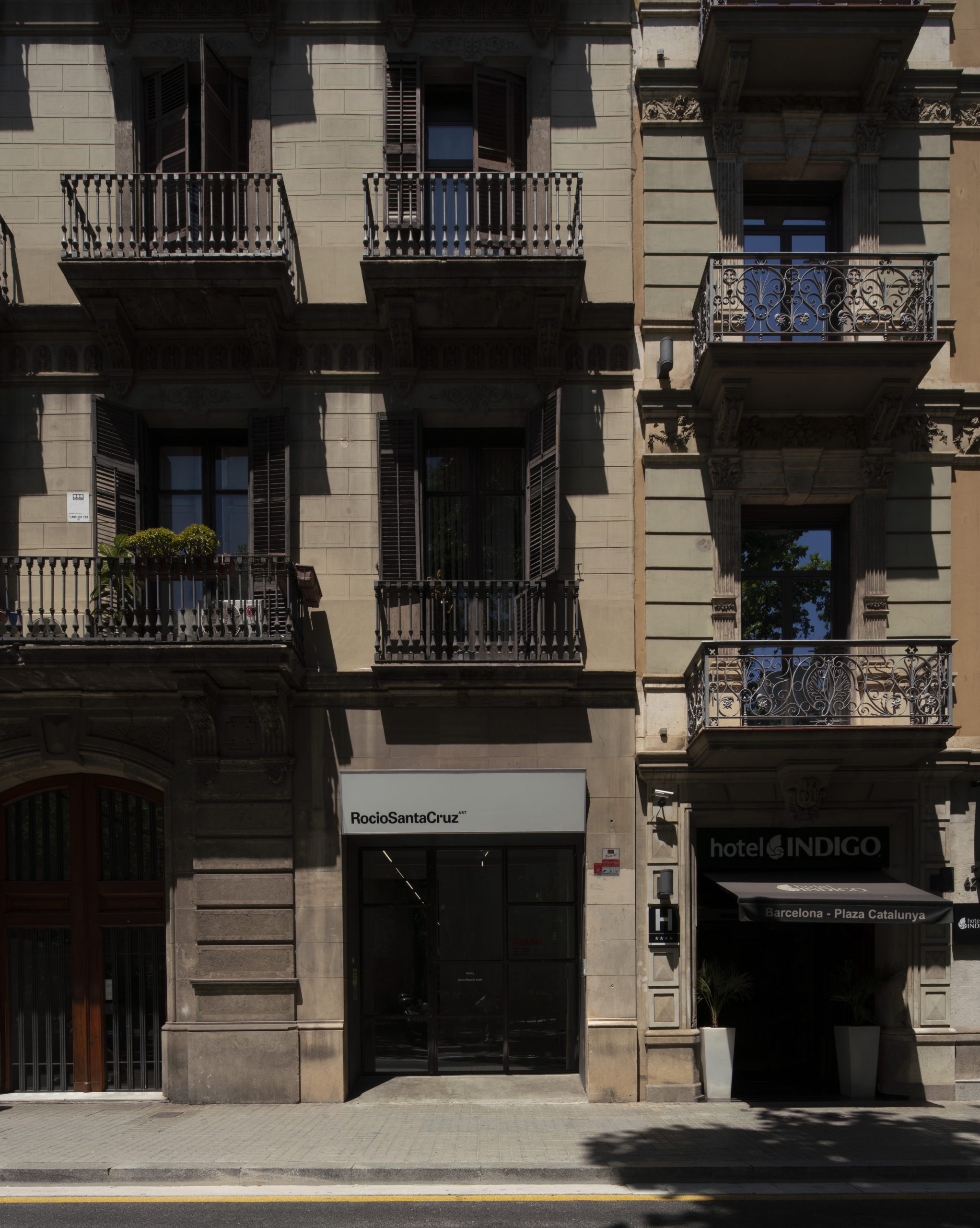
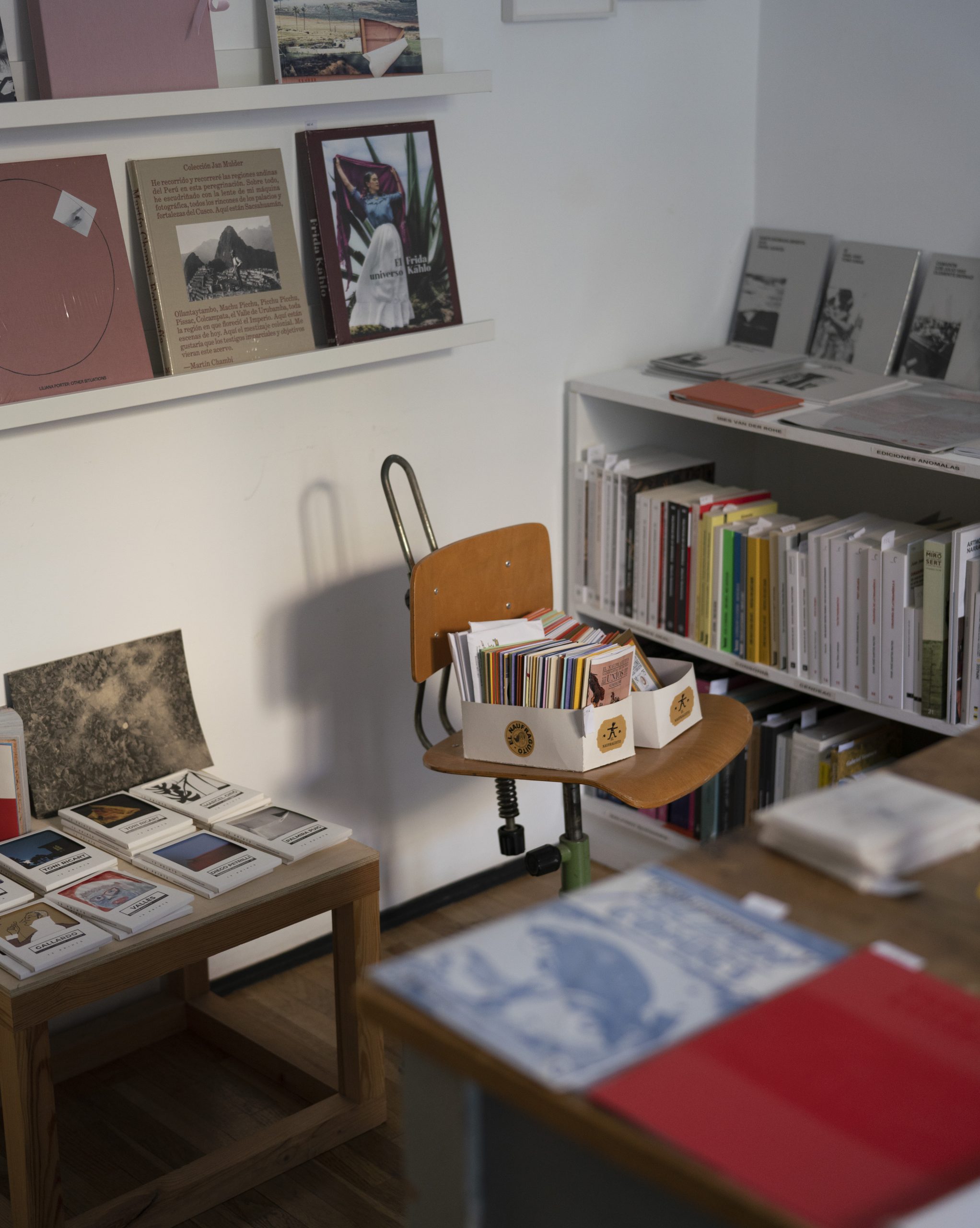
Rocío is a reflection of her generation, who lived through the Madrid countercultural movement known as the ‘movida’ and a cultural revolution that impacted on the whole of Spain, with Barcelona and Madrid as its main hotspots. The artists that she represents are a kind of family and they reflect the intellectual backdrop in which she grew up. They include artists of the same generation, such as Ouka Leele, and maestros like Oriol Maspons and Colita. Rocío has a particular soft spot for Colita. Just over a year ago, through a unique retrospective, the gallery paid tribute to the latter’s legacies as the only woman on the 1970s Barcelona photographic scene. Photography is one of Rocío’s passions. When I asked her whether she had ever been tempted to do something artistic, she shyly answered: “I’ve just been gifted with an analogue camera. I’m going to take up photography again in the summer– for me though, not to exhibit.”




